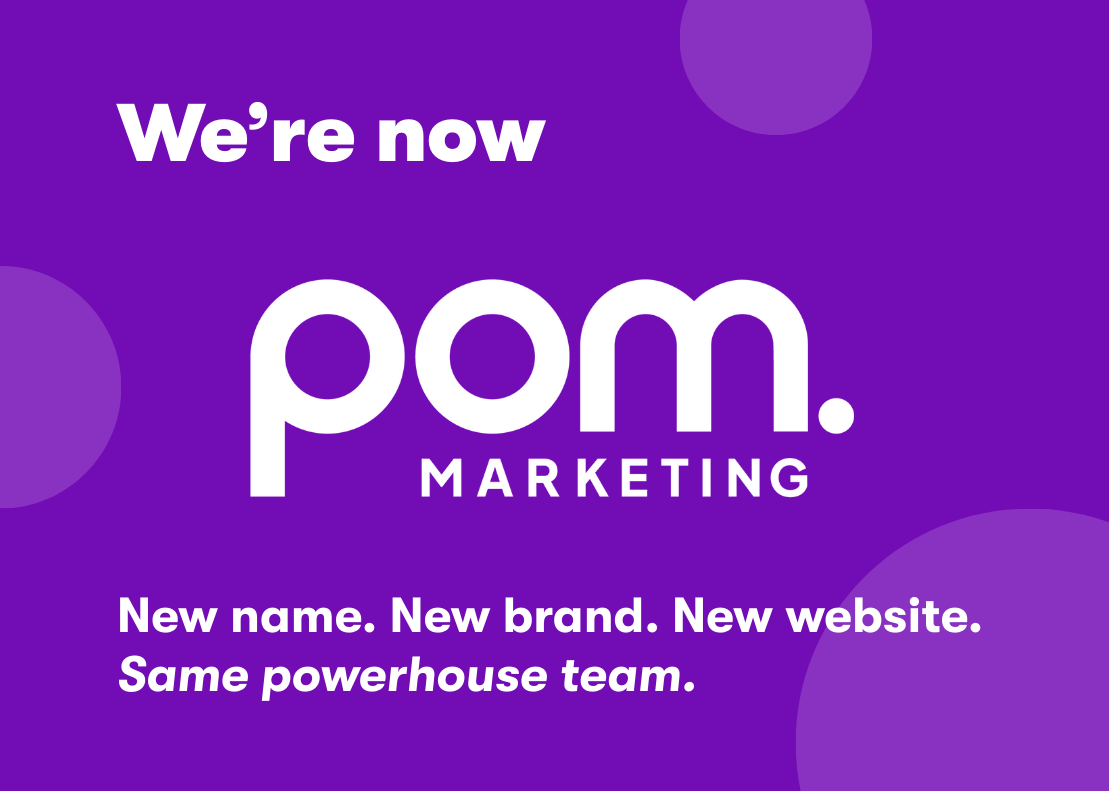
09.09.2025
The Evolution of the POM Logo
Read More

08.27.2025
New Look, Same Firepower
Read More

01.25.2025
How to Turn B2B Trade Shows into ROI Goldmines
Read More

12.05.2024
Maximize Results With the 12 Days of B2B Marketing
Read More

10.24.2024
5 Steps to Finish Your Marketing Year Strong and Prepare for Success in Q1 ‘25
Read More

09.30.2024
POM’s Approach for Refreshing Email Templates to Maximize Engagement
Read More

09.13.2024
Why an Email Template Refresh Is Critical for Maximizing Engagement
Read More

08.05.2024
Why Vertical Marketing Outperforms Broad Campaigns for Lead Generation & Demand Creation
Read More

05.02.2024
5 Ways to Make Your B2B Social Media Strategy a Success
Read More

03.13.2024
How to Use Competitor Insights to Level Up Your B2B Marketing in 2024
Read More

12.08.2023
B2Bs: 5 Questions to Ask When Shaping Your 2024 Marketing Plan
Read More

11.10.2023
5 B2B Lead Generation Ideas to Fill Up Your Sales Pipeline
Read More

10.20.2023
A Marketing Blueprint For Scaling Your Small SaaS Business Effectively
Read More

08.18.2023
How To Transform B2B Engagement With Video Marketing
Read More

07.20.2023
5 Ways To Improve Your Website Performance Without Starting Over
Read More

06.02.2023
4 Strategies for Marketing During Times of Uncertainty
Read More

04.03.2023
5 Marketing Activities B2Bs Should Employ During A Recession
Read More

01.05.2023
Combining Teams Post-Merger & Acquisition: Why A “We First” Mindset Matters
Read More
